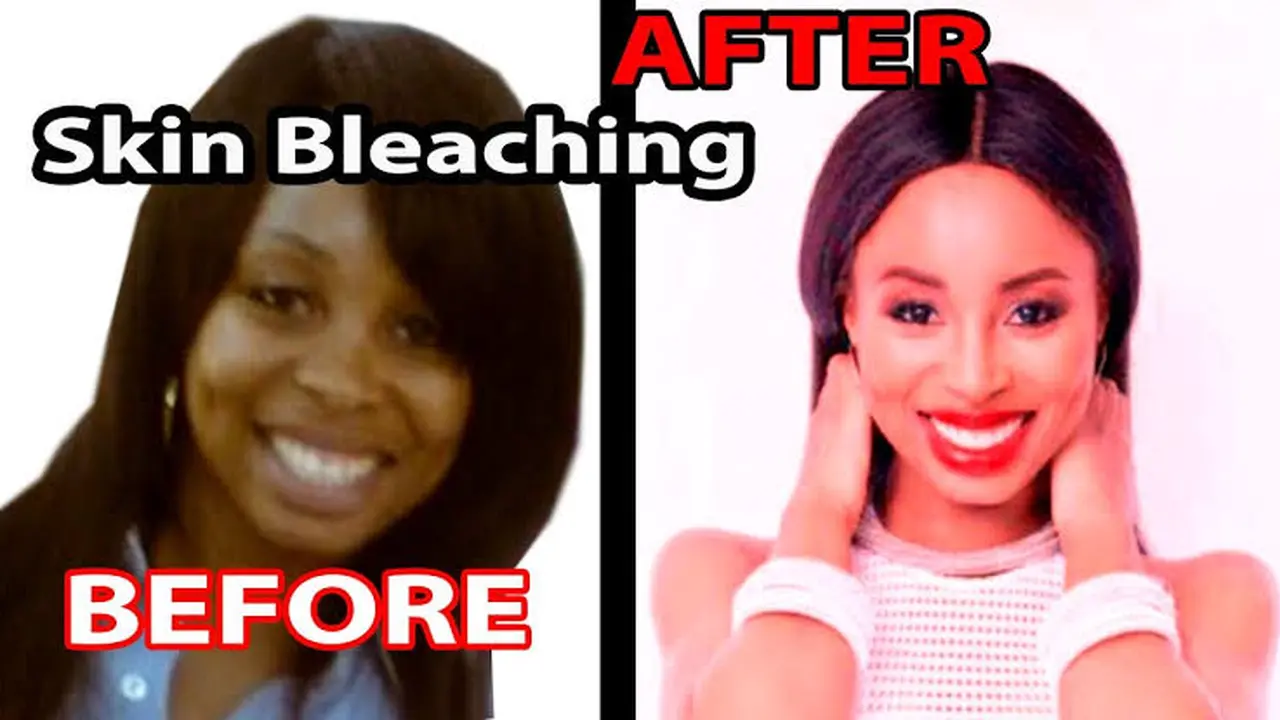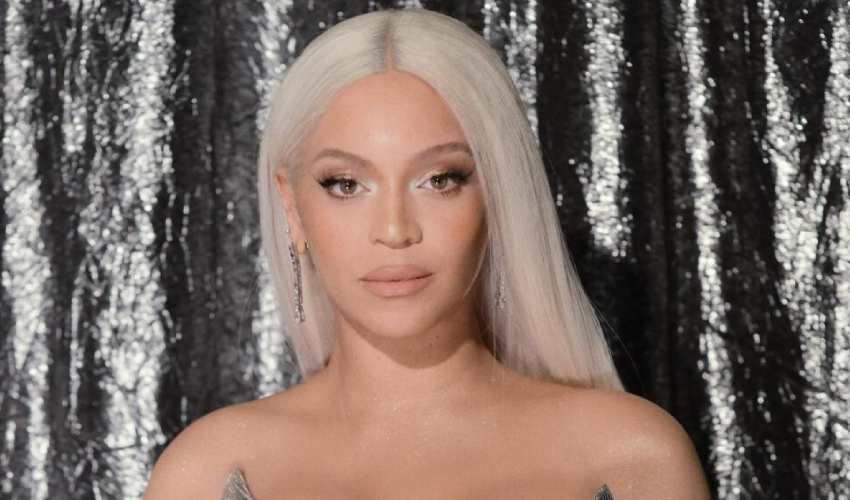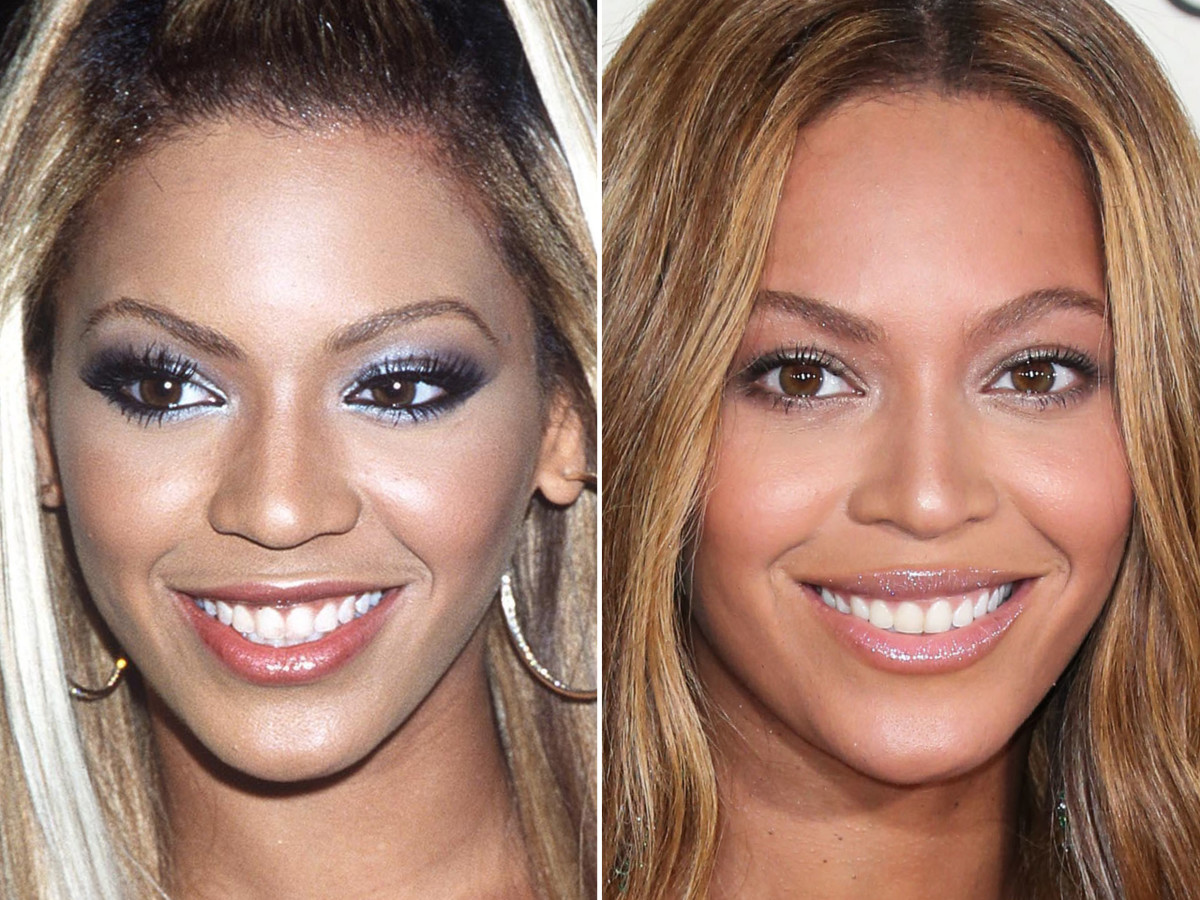Let’s dive into one of the most talked-about topics in pop culture: Beyoncé before and after skin lightening. If you’ve been scrolling through social media or catching up on celebrity gossip, chances are you’ve stumbled upon this controversial subject. It’s a topic that’s sparked debates, raised eyebrows, and even ignited heated discussions among fans worldwide. But what’s the real deal? Is there any truth behind these claims, or is it just another tabloid fabrication?
Picture this: Beyoncé, the global icon, the queen of music, fashion, and everything in between. Her rise to fame has been nothing short of extraordinary. But with great success comes great scrutiny, and the rumors about her skin tone changes have been swirling for years. So, buckle up because we’re about to unpack the facts, separate the truth from fiction, and give you the full scoop.
Before we dive deeper, let’s clear one thing: this article isn’t here to bash or spread negativity. Instead, it’s a deep dive into the complexities of skin color, societal pressures, and the journey of self-acceptance. Whether you’re a die-hard Beyoncé fan or just curious about the buzz, this article’s got you covered.
Read also:Top Rap Albums 2023 A Deep Dive Into The Years Hottest Releases
Biography: Who Is Beyoncé?
Before we get into the nitty-gritty of Beyoncé’s skin lightening journey, let’s take a moment to appreciate the woman herself. Born and raised in Houston, Texas, Beyoncé Giselle Knowles-Carter is more than just a singer—she’s a cultural phenomenon, a business mogul, and a trailblazer in every sense of the word.
Early Life and Career
Growing up in a musical household, Beyoncé’s destiny was written in the stars. Her mother, Tina Knowles, and father, Mathew Knowles, were her first supporters and mentors. By the age of 8, she was already performing in talent shows, showcasing her incredible voice and stage presence. Her big break came when she joined Destiny’s Child, a group that went on to become one of the best-selling female groups of all time.
Beyoncé’s Rise to Stardom
Fast forward to 2003, and Beyoncé released her debut solo album, "Dangerously in Love." The rest, as they say, is history. Hits like “Crazy in Love” and “Baby Boy” catapulted her to international superstardom. But it wasn’t just her music that made her a global sensation—it was her charisma, her confidence, and her ability to connect with people from all walks of life.
Here’s a quick glance at some key facts about Beyoncé:
| Full Name | Beyoncé Giselle Knowles-Carter |
|---|---|
| Birthdate | September 4, 1981 |
| Place of Birth | Houston, Texas, USA |
| Profession | Singer, Actress, Songwriter, Businesswoman |
| Net Worth | $500 million (as of 2023) |
Beyoncé Before and After: The Controversy
Now, let’s address the elephant in the room. Over the years, Beyoncé has faced numerous accusations of undergoing skin lightening procedures. The internet is flooded with before-and-after photos, memes, and conspiracy theories. But is there any truth to these claims? Let’s break it down.
What Is Skin Lightening?
Skin lightening, also known as skin bleaching, is a cosmetic procedure aimed at reducing melanin levels in the skin. It’s often done to achieve a lighter complexion or to treat hyperpigmentation. While it’s a personal choice for some, it’s also a highly controversial topic due to its ties to colorism and societal beauty standards.
Read also:Amada Lee Gosling The Rising Star In Hollywood Everyones Talking About
So, why is Beyoncé at the center of this debate? Well, if you compare her early photos from the Destiny’s Child days to her recent appearances, you’ll notice a noticeable difference in her skin tone. But hold up—before you jump to conclusions, let’s explore the possible explanations.
Is It Really Skin Lightening?
Here’s the thing: Beyoncé has never publicly confirmed or denied undergoing skin lightening procedures. In fact, she’s been quite vocal about embracing her natural beauty and encouraging others to do the same. So, what could explain the change in her skin tone?
- Makeup and Lighting: A lot of the perceived changes can be attributed to makeup techniques and studio lighting. Beyoncé works with top-notch makeup artists who know how to enhance her features and create a flawless look.
- Aging and Natural Changes: As we age, our skin tone can naturally change due to factors like sun exposure, hormonal changes, and lifestyle habits.
- Photoshop: In the age of digital editing, it’s not uncommon for photos to be altered to perfection. What you see in magazines or social media might not always reflect reality.
The Role of Media and Society
The media plays a massive role in shaping public perception. When it comes to celebrities like Beyoncé, every move they make is scrutinized and dissected. Unfortunately, this often leads to misinformation and baseless accusations.
Colorism, the preference for lighter skin tones, is a deeply ingrained issue in many societies. It’s a relic of colonialism and systemic racism that continues to affect people of color. Beyoncé, as a Black woman in the spotlight, is often subjected to these biases and expectations.
Breaking Down Colorism
Colorism is the discrimination based on skin tone, where lighter skin is often seen as more desirable. It’s a toxic mindset that perpetuates harmful stereotypes and undermines self-worth. Beyoncé has been a vocal advocate for self-acceptance and inclusivity, using her platform to challenge these outdated beauty standards.
Her brand, IVY PARK, and her partnership with L’Oréal are just a few examples of her commitment to promoting diversity and representation in the fashion and beauty industries.
Scientific Perspective: Skin Changes Over Time
Let’s talk science for a moment. Our skin is an amazing organ that goes through changes throughout our lives. Factors like genetics, environment, and lifestyle can all impact our skin tone. For instance:
- Genetics: Some people naturally have lighter or darker skin tones due to their genetic makeup.
- Sun Exposure: Overexposure to UV rays can cause hyperpigmentation, leading to darker patches on the skin.
- Hormonal Changes: Pregnancy, menopause, and other hormonal fluctuations can affect melanin production.
While these changes are natural, they can sometimes be misinterpreted as skin lightening. It’s important to approach such topics with a critical and informed mindset.
Beyoncé’s Influence on Beauty Standards
Beyoncé’s impact on the beauty industry cannot be overstated. She’s redefined what it means to be beautiful and empowered countless women to embrace their uniqueness. Her music videos, performances, and public appearances consistently celebrate Black excellence and cultural pride.
Representation Matters
In a world where representation often falls short, Beyoncé has been a beacon of hope for marginalized communities. Her album Black Is King is a testament to her commitment to uplifting Black voices and celebrating African heritage.
By embracing her natural beauty and advocating for inclusivity, Beyoncé has inspired a generation to reject societal norms and embrace their true selves.
Myths vs. Facts: Debunking the Rumors
Let’s address some of the most common myths surrounding Beyoncé’s skin lightening journey:
Myth: Beyoncé Underwent Plastic Surgery
There’s no concrete evidence to suggest that Beyoncé has undergone plastic surgery. While she’s had a few minor tweaks here and there, most of her transformations can be attributed to makeup, hairstyling, and fitness routines.
Myth: Skin Lightening Is the Only Explanation
As we’ve discussed earlier, there are several factors that can contribute to changes in skin tone. Jumping to conclusions without considering all the variables is not only unfair but also harmful.
The Importance of Self-Acceptance
At the end of the day, what matters most is how we view ourselves. Beyoncé’s journey is a powerful reminder that beauty comes in all shapes, sizes, and colors. Whether you’re a fan or a critic, there’s no denying her influence on the global stage.
Lessons from Beyoncé
Here are a few takeaways from Beyoncé’s story:
- Embrace Your Uniqueness: Celebrate what makes you different and don’t conform to societal expectations.
- Practice Self-Care: Take care of your skin, body, and mind. You deserve to feel confident and beautiful in your own skin.
- Challenge the Norms: Don’t be afraid to challenge outdated beauty standards and advocate for inclusivity.
Conclusion: The Queen Reigns Supreme
So, there you have it—the untold story of Beyoncé before and after skin lightening. While the rumors may persist, one thing is certain: Beyoncé is a force to be reckoned with. Her influence on pop culture, her commitment to social justice, and her unwavering confidence make her a true icon.
As we wrap up this article, we invite you to join the conversation. Share your thoughts, leave a comment, or spread the word by sharing this article with your friends. Together, let’s celebrate the beauty of diversity and the power of self-acceptance.
And remember, whether you’re a fan of Beyoncé or not, there’s always something to learn from her journey. So, let’s raise a toast to the queen and all she represents. Cheers!
Table of Contents
- Biography: Who Is Beyoncé?
- Beyoncé Before and After: The Controversy
- The Role of Media and Society
- Scientific Perspective: Skin Changes Over Time
- Beyoncé’s Influence on Beauty Standards
- Myths vs. Facts: Debunking the Rumors
- The Importance of Self-Acceptance
- Conclusion: The Queen Reigns Supreme


